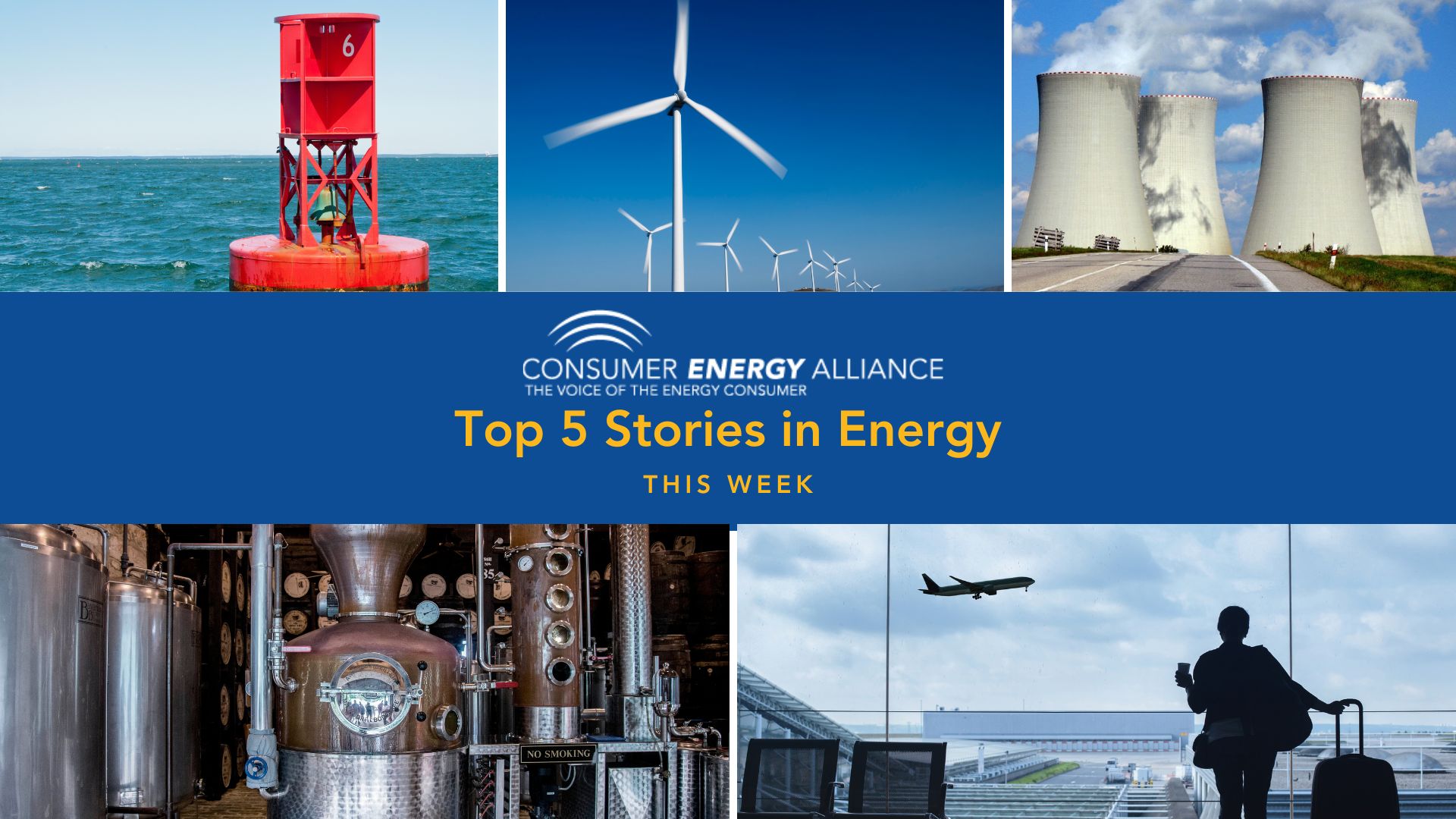A vote on the proposed U.S. Infrastructure package is still pending in the U.S. Senate after negotiations fell apart on Thursday evening. The vote is now scheduled for Saturday; where the legislation will need 60 votes, and at least 10 Republicans to move forward.
President Biden took a major step toward achieving his climate goals this week through an executive order mandating that half of all new vehicles sold in 2030 will be electric.
Meanwhile, oil prices remained steady on Friday, however concerns over travel restrictions to curb the spread of the COVID-19 Delta variant may lead to steep weekly declines.
Check out the top five favorite stories in energy this week below!
Wind breaks drastically increase turbine efficiency
Researchers are examining how new simulations could raise wind farm efficiency by 10% by adding barriers between rows of turbines. Physics reviews the mechanics behind the barriers accredited with slowing and speeding the air through a series of turbines.
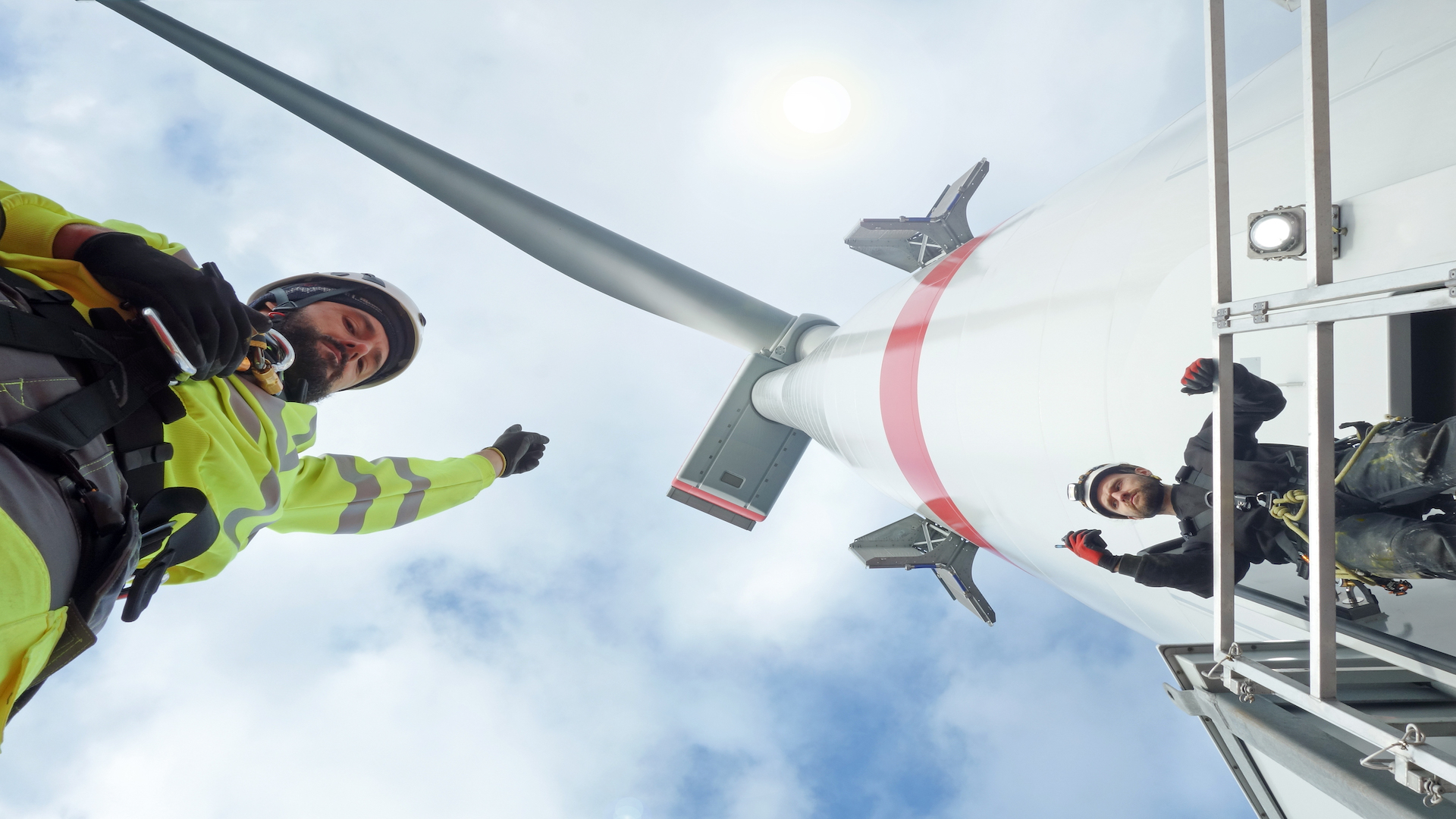
UK creates the first magnetized fusion power station
England is utilizing magnetized target fusion to improve nuclear fusion and aid in the decarbonization of power grids through building a prototype power plant. Dezeen provides a detailed explanation of the possible benefits of fusion as a “limitless, low carbon” source.
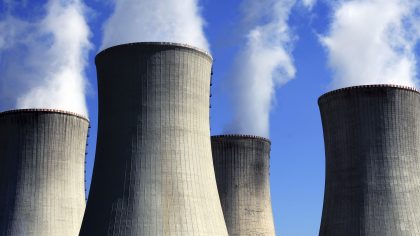 Buoy data helps to avoid disrupting whale migration patterns during construction
Buoy data helps to avoid disrupting whale migration patterns during construction
Scientists interpreting sound wave data from buoys help ensure wind farm construction off the coast of Maryland doesn’t endanger the local whale population. The Baltimore Sun explains how data from sea bouys could help expedite construction of offshore wind farms with less stops.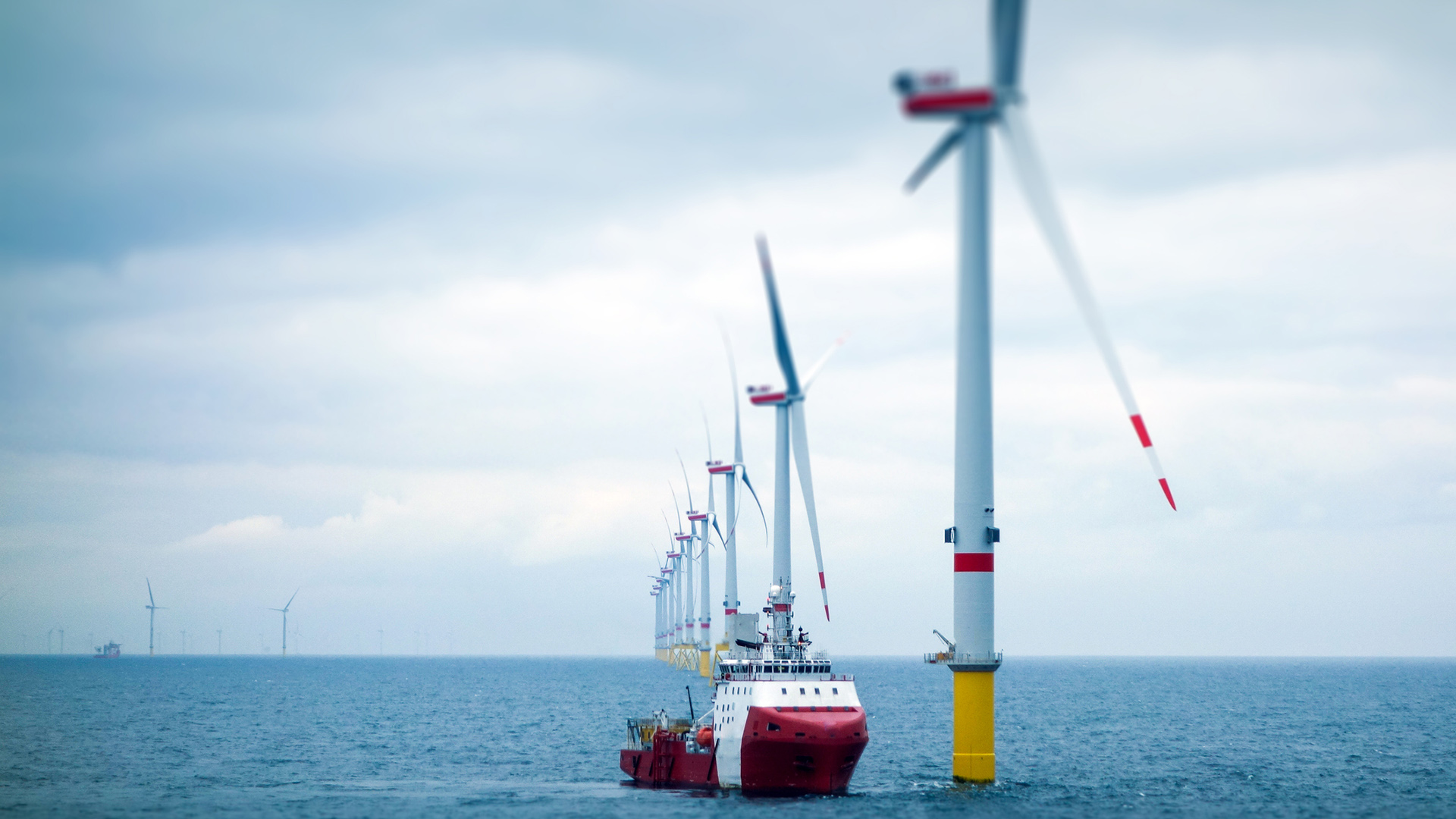
Whiskey producer takes a step toward solar reliance
Scotland’s largest whiskey producer has discovered a way to incorporate renewable energy into their production model and gain an additional source of income. Electrik presents Diageo’s plan to achieve net zero by 2030 through the instillation of a 4 megawatt solar farm.
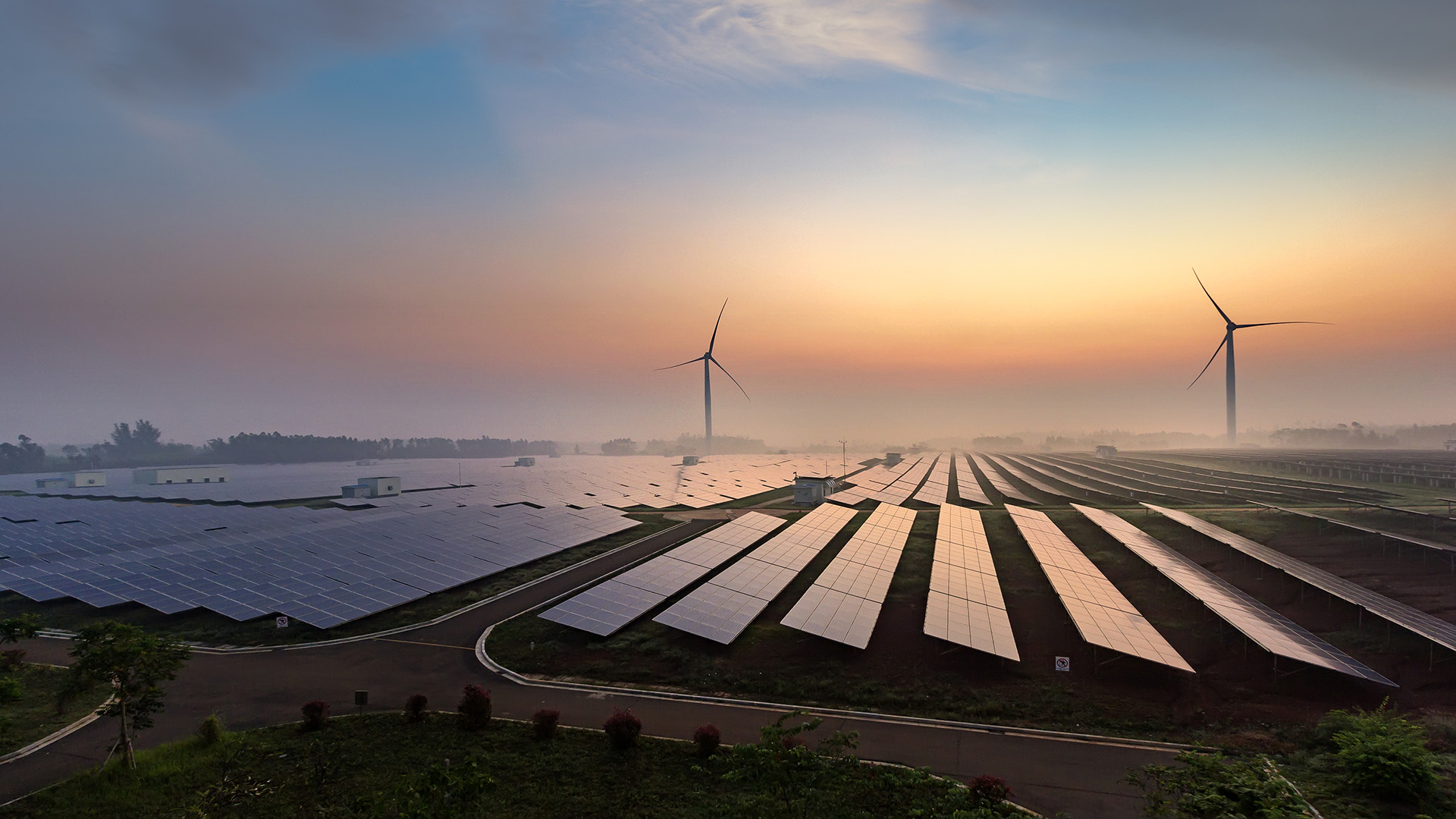
Pittsburgh’s airport is creating its own power microgrid
Pittsburgh International Airport is aiming for energy self-reliance by creating its own on-site power production system including natural gas wells and solar power. Forbes describes how the PIT microgrid models the future of natural gas coupled with solar input to improve the environment.


